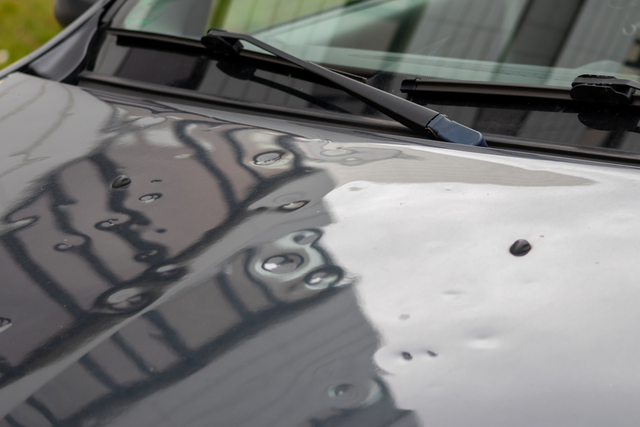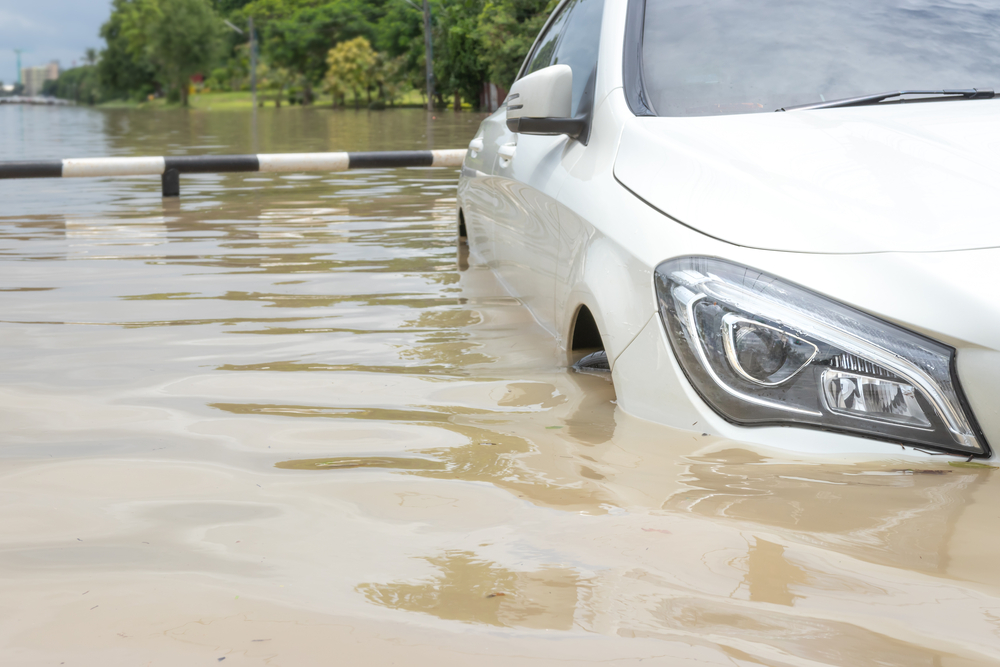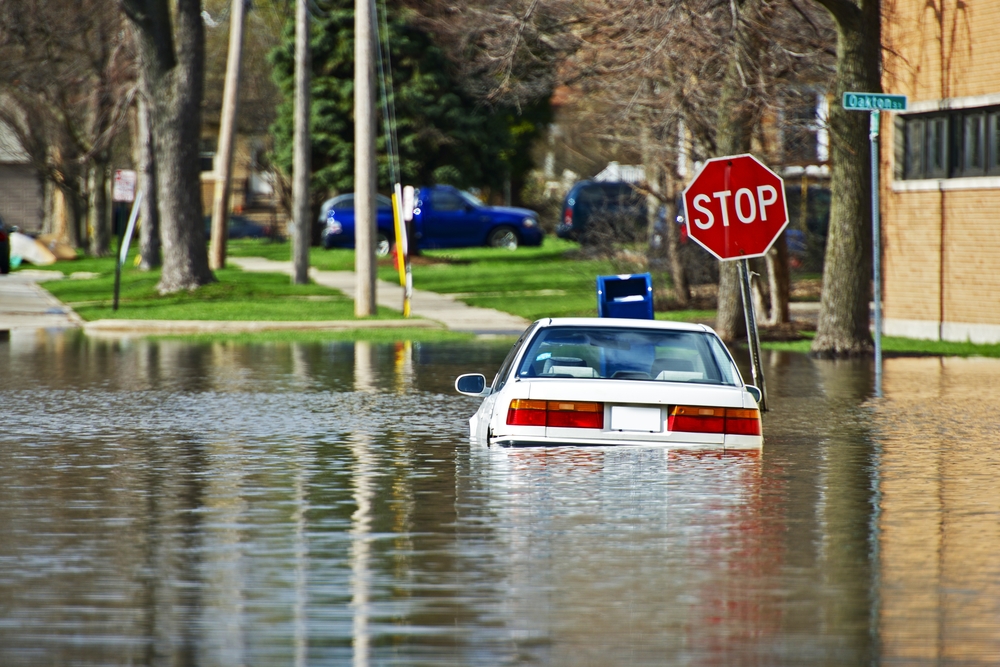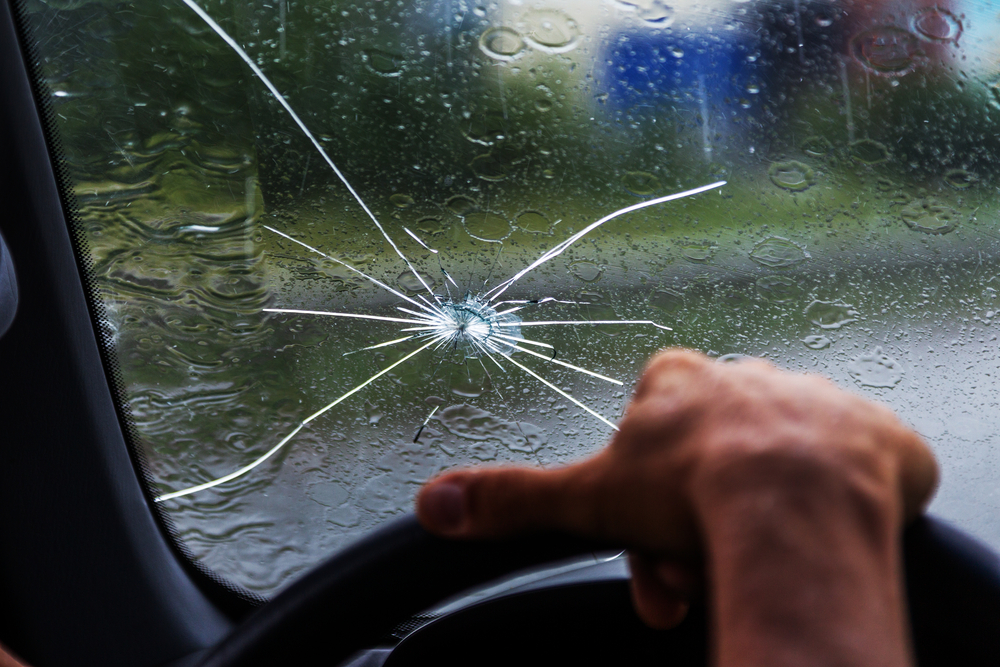As winter’s chill sets in, drivers find themselves navigating a unique set of challenges on the road. From icy surfaces to reduced visibility, the colder months demand a specialized approach to driving. It becomes imperative to ensure not only your safety but also the longevity of your vehicle, especially if you have recently been in a collision. Let’s delve into how to prepare for winter driving, include what items you should have in your vehicle and some maintenance tasks to complete.
Key Takeaways
- Always prioritize your safety, as winter driving requires heightened awareness and preparedness.
- Be ready for emergencies with a well-equipped car.
- Consider switching to winter tires for enhanced traction and safety.
- Regular servicing and repairs done at an auto body repair shop like Elmer’s Auto Body play a crucial role in preserving your vehicle throughout winter.
The Importance of Preparing for Winter Driving
Winter’s arrival introduces a host of challenges that make it difficult to drive. That is why it is important that you prepare adequately before anything happens. Sudden snowstorms, icy roads, and reduced visibility are just a couple of the concerns that you may deal with when driving in the winter. By taking the necessary steps to prepare for winter driving, you promote not only your safety but that of other drivers, as well as the longevity of your vehicle.
The Common Hazards of Winter Driving
Understanding the hazards of winter driving is key to mitigating risks effectively. Let’s take a look at some of the weather and dangers of driving during the winter:
Snow
Snow, while picturesque, can be a treacherous element on the road. Its slippery nature makes it challenging to maintain control of your vehicle. Carelessness can lead to dangerous skidding, putting you and other drivers at risk. Furthermore, snow reduces visibility, especially during active storms, covering the road and making it difficult to spot potholes, debris, and other potential hazards.
Ice
Icy roads significantly increase the chances of losing control of your vehicle, potentially resulting in collisions. The tricky part about black ice is that it can be challenging to see, especially in the dark or when covered by a layer of snow.
There is not much you can do to avoid ice when you don’t know it is there. Yet, you can drive cautiously. Move more slowly and leave more space than usual between your vehicle and others on the road. In the most treacherous conditions, you may want to pull over and avoid driving.
Low-Visibility
Low-visibility conditions pose another significant challenge during winter. As the days get shorter, so does your window of clear visibility. Driving at night becomes more dangerous for various reasons, and many individuals have no choice but to commute in the dark. Whether dealing with nightfall or adverse weather conditions such as snow, fog, or hail, drivers must prepare for decreased visibility throughout the season.
What Should You Have in Your Car for Winter Driving?
Equipping your car with a well-thought-out emergency kit is a prudent step to take before venturing out onto winter roads. The unpredictable nature of winter conditions makes having essential items on hand crucial, especially if you’re driving through remote or unpopulated areas or if you encounter freezing temperatures.
Here’s a comprehensive list of items to include in your winter emergency car kit:
- A well-charged cell phone: Also, consider keeping a portable charger and/or extra batteries in your vehicle for extended use.
- Clothes and blankets: In case of a breakdown, having extra hats, coats, gloves, and blankets can keep you and any passengers warm until help arrives.
- Tire chains: Particularly important if you’re driving through higher elevations or on icy roads.
- A shovel: Useful if you get stuck in the snow and need to dig your way out.
- A windshield scraper: Essential for ensuring clear visibility on icy mornings.
- A battery-powered radio: In case your phone has no signal, a radio may still provide a means to reach help. Don’t forget to pack extra batteries.
- A flashlight: Having a flashlight with extra batteries could be a lifesaver if you need to get to safety or attract attention in the dark.
- Water and snacks: A gallon or two of water and a few protein bars are essential in emergency situations.
- A first-aid kit: Include pain medication, bandages, and a pocket knife.
- Jumper cables: Cold weather can stress your car battery, so it’s wise to be prepared.
Should You Change Your Tires For Winter Driving?
The answer is that it depends. While some people opt for all-season tires to reduce the need for consistent tire changes, this isn’t a universal solution, especially for those living in areas with extreme weather throughout the year.
If you expect frost or snowfall over the winter, changing to winter tires is one of the most effective ways to enhance your safety on the road and mitigate the hazards of winter driving. Winter tires are recommended once the temperature consistently drops below 46°F. These specialized tires come with deeper tread patterns, allowing for superior traction and more efficient braking performance. Additionally, winter tires are made from highly durable rubber designed to prevent blowouts and withstand winter weather conditions such as snow, sleet, and hail.
Does Your Car Need to Be Serviced Before Winter?
Routine servicing of your vehicle is crucial, and this responsibility becomes even more pronounced as winter approaches. Ensuring that your car is in top working condition can prevent breakdowns, reduce the risk of accidents, and contribute to a smoother driving experience in challenging winter conditions.
Some key aspects to consider during pre-winter servicing include:
- Tire Inspection: Check the condition, pressure, and tread depth of your tires. Replace them if needed.
- Brake Testing: Ensure your brakes are in optimal condition, as efficient braking is critical in winter driving.
- Battery Check: Cold weather can put stress on your car battery. Ensure it’s in good condition or consider a replacement if needed.
- Heater Functionality: Confirm that your car’s heating system is working correctly to keep you warm during winter journeys.
- Oil Change: Regular oil changes contribute to the overall health of your vehicle. Consider an oil change before winter to improve engine performance.
- General Vehicle Health Check: Have a comprehensive inspection of your vehicle, addressing any potential issues before they escalate.
- Dent and Rust Repair: Dents, dings, scratches, and rust patches all mean one thing—that your car’s structural integrity may be compromised. If you have any dents and rust that may worsen during the winter season, considering bringing your vehicle in for repairs. The sooner you get these issues fixed, the less costly it will be.
Contact a Trusted South Jersey Collision Repair Center Today
As winter approaches, the importance of partnering with a trusted auto body shop cannot be overstated. Elmer’s Auto Body, a leading South Jersey collision repair center, is here to ensure your vehicle is in top-notch condition for winter driving. Our team of experienced professionals is ready to assist with routine servicing, tire changes, and any collision repairs that may be needed.
Our commitment to safety and quality craftsmanship sets us apart, making us the go-to choice for all your auto body needs in South Jersey. Get in touch with one of our three South Jersey locations or fill out the contact form today to receive more information or to schedule an appointment.






